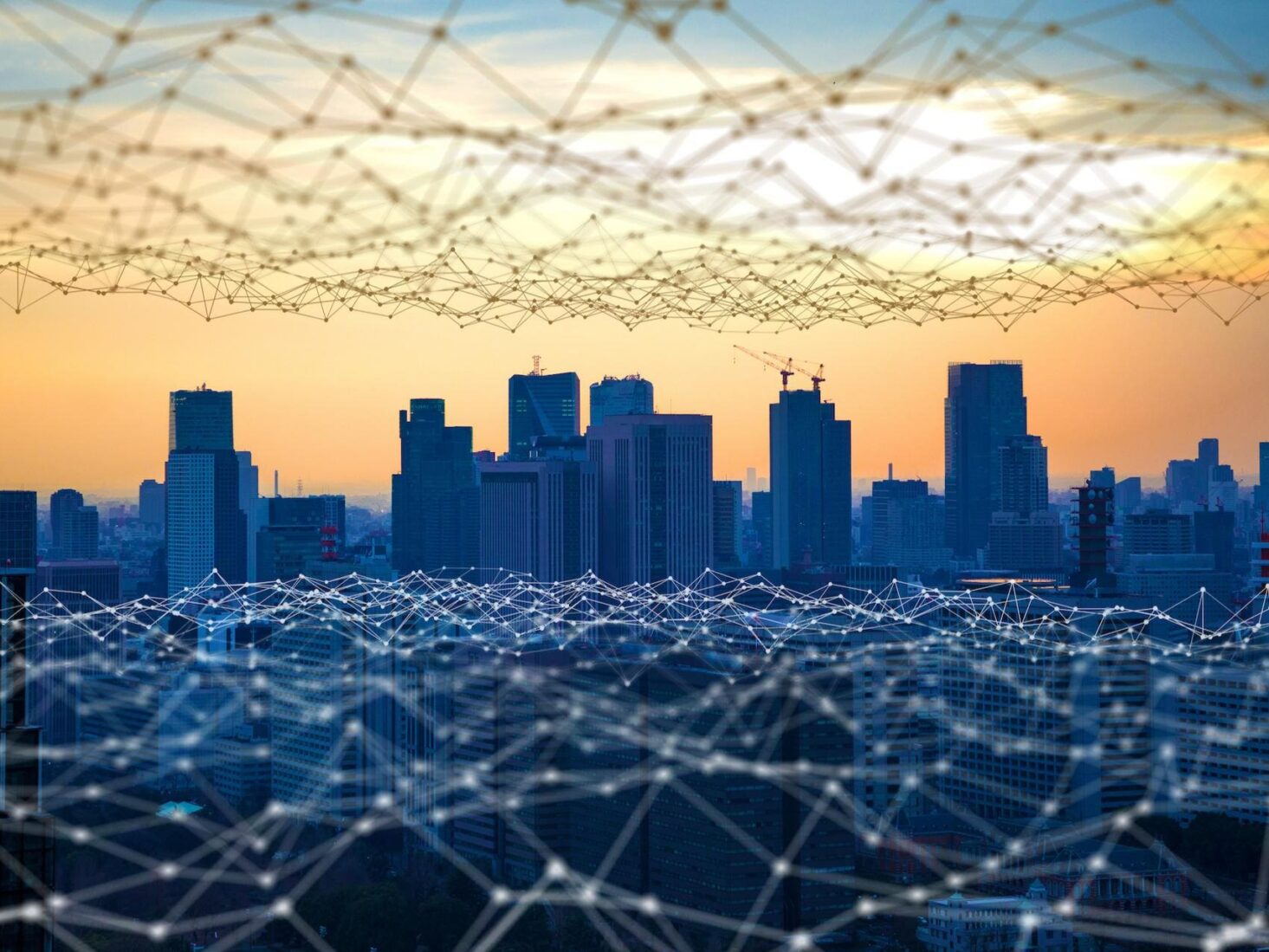
Use the Force: Next Generation 5G
The fifth generation of mobile connectivity is underway and the rollout could change the world, making life altogether smarter
What do you expect to see when you look at some Roman baths? Open skies above you? Almost certainly. Decaying colonnades and columns? Beyond doubt. But how about a bathing centurion easing himself into the waters? This isn’t a shoddy attempt at fancy dress role play staged by the local am-dram society. This is what you’ll see should you choose to wear a virtual augmented reality application enabled by 5G network technology. Allowing visitors to travel back in time and experience Bath’s Roman spas in their original pomp, and with some of their original customers, this is one of the UK’s 5G Testbed and Trial projects demonstrating that there’s a lot more to this new technology than simply faster download speeds for your phone.

Alongside these smart tourism projects, the power of 5G could also be about to bring seismic changes to healthcare, roads, railway lines, farming and manufacturing. Unlike 4G, which the UK was well behind the rest of Europe in implementing, Britain is firmly in the vanguard of 5G, with only Switzerland, Monaco, Jersey and San Marino ahead of us in rolling out the new technology.
At the time of writing 5G is only available in London and other major UK cities. But the plan, spearheaded by the British Telecom owned EE mobile network, is for a full version of the new network to go live in 2022, with a more advanced version offering ultra-reliable low-latency signals arriving the following year.
“In a way, 5G can be seen as a bridge from mobile technology to other industry segments,” said Enrico Salvatori, the European President at Qualcomm, a company which creates 5G friendly microchips for phones. “5G is a major innovation step in technology for the ecosystem,” he continues. “We are connecting humans to a scenario where we are connecting all things. But in order to connect all things we need to have a network which is connecting one million accesses in square kilometres, and this is the algorithm behind 5G,”
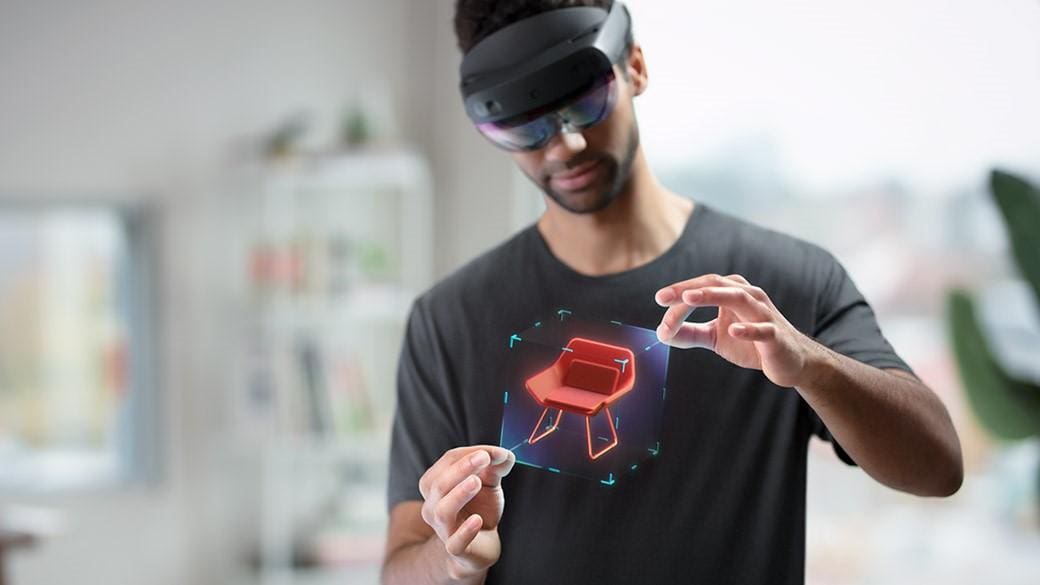
With its potential for mass connectivity, the chances of the kind of dreams that, even in the early years of this millennium, appeared to be in the realms of far-off science fiction are going to be a reality well within the next decade. Self-driving cars are already with us, although they are most commonly mentioned in the media when there’s a crash. 5G could eliminate these occurrences thanks to its infinitely faster speeds of connectivity.
“We need to look at how long it takes for the message to be transmitted between sensors and then get to the computer in each car,” says Jane Rygaard Pederson, head of dedicated wireless networks at Nokia. “And then how long it takes for the computer to make a decision, and all of this has to be in less time than a human would take to make a decision: two milliseconds. We need a network supporting this, and 5G is that network.”
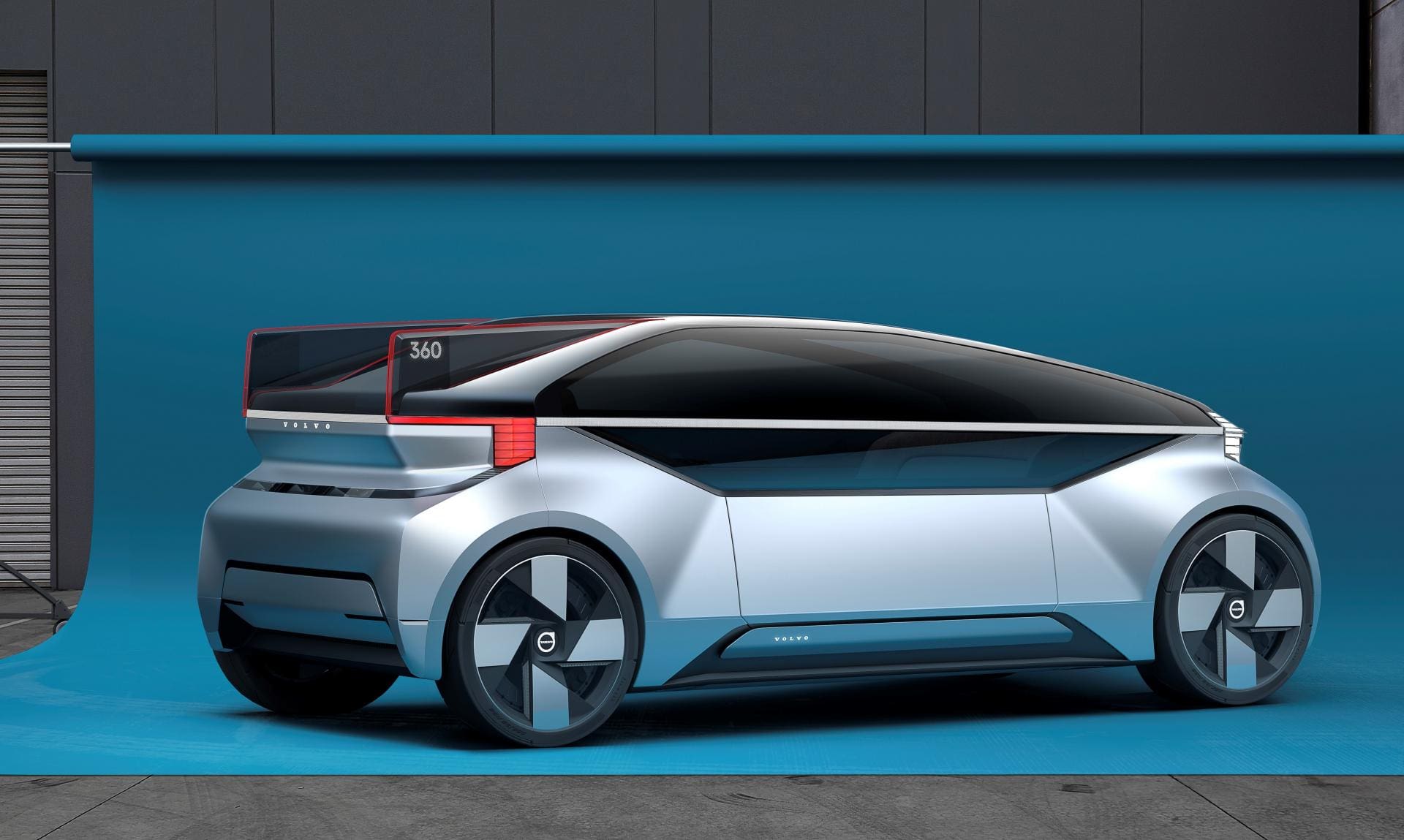
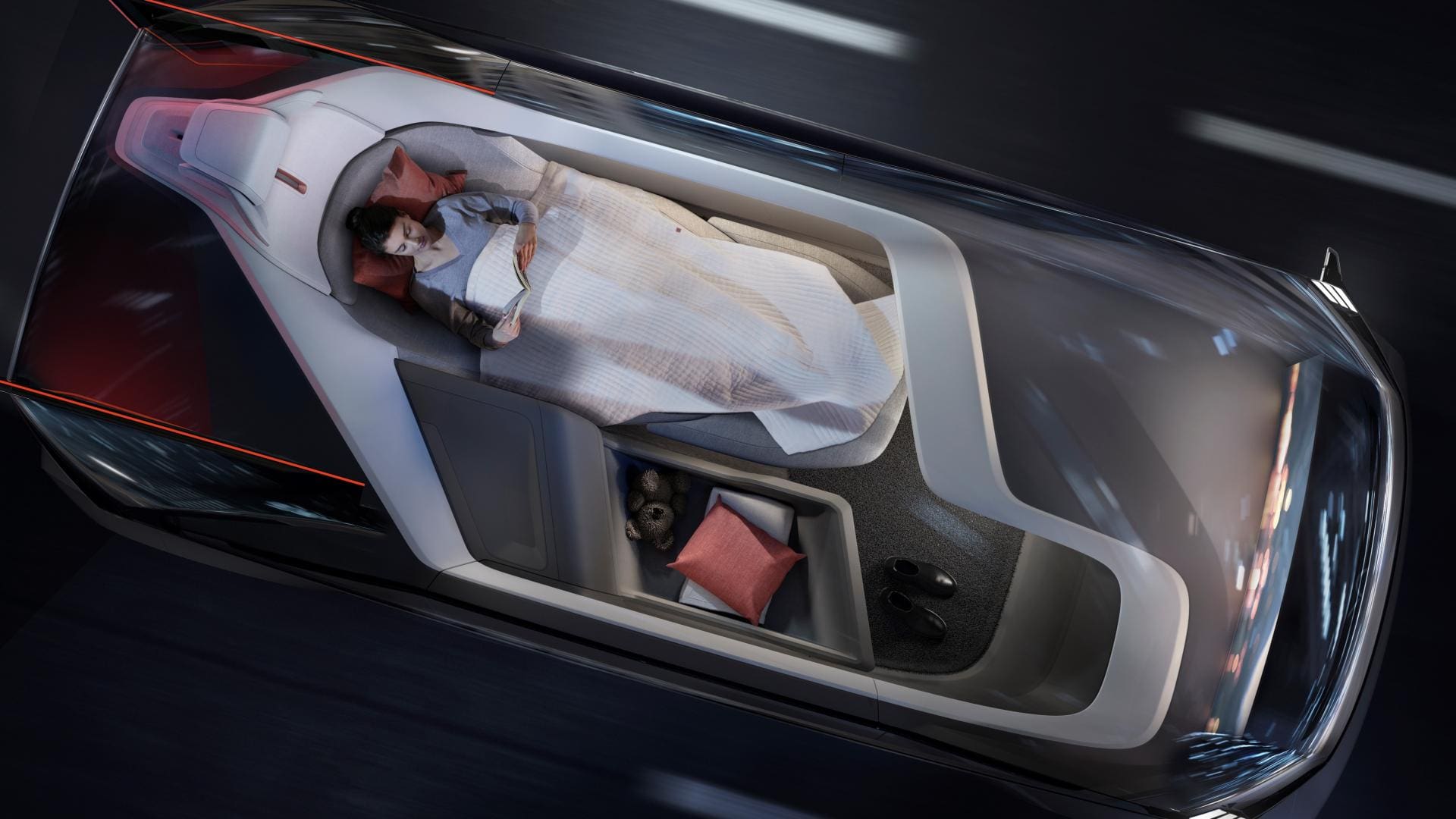
So your self-driving car could get you to work in a risk-free manner each morning. The next question is, will there be any work left for you to do when you arrive? Over in Worcester, the Bosch factory, which makes heating and hot water products, became the very first 5G ‘smart factory’ back in February this year when a trial was launched with 5G powered sensors. What this means, in reality, is that the sensors act by seeking out preventative maintenance measures. This means that potential mechanical glitches can be rectified before they impact the production line. So, while the sensors get on with keeping our factories running nice and smoothly, the narrative suggests that we should all feel the benefits by being able to spend a lot more time focusing on leisure and travel.
Except that, with 5G, the more arduous elements of the latter may also be eliminated for good- particularly when it comes to hopping over to Singapore or San Francisco for a business meeting. The HoloLens 2 launches later this year. Despite the somewhat gauche name, this has the potential to be a genuine game-changer. By using a combination of lasers and tiny electro-mechanical mirrors to “paint” images on to the retina, wearing the HoloLens allows businesses (the tech is currently marketed to companies rather than consumers) to hold face to face meetings despite being on different sides of the earth.

Entirely, portable and wireless, the HoloLens is already in use by the elevator repair firm Thyseenkrupp, whose workers can now communicate with colleagues back at HQ all whilst simultaneously being able to get their hands dirty repairing faults on site. “We were able to troubleshoot in 20 minutes what would normally take two hours,” says Javier Sesma of Thyssenkrupp’s Elevator Innovation Centre. “Using mixed reality, somebody that could be kilometres away could enter into the real space of our technician.”
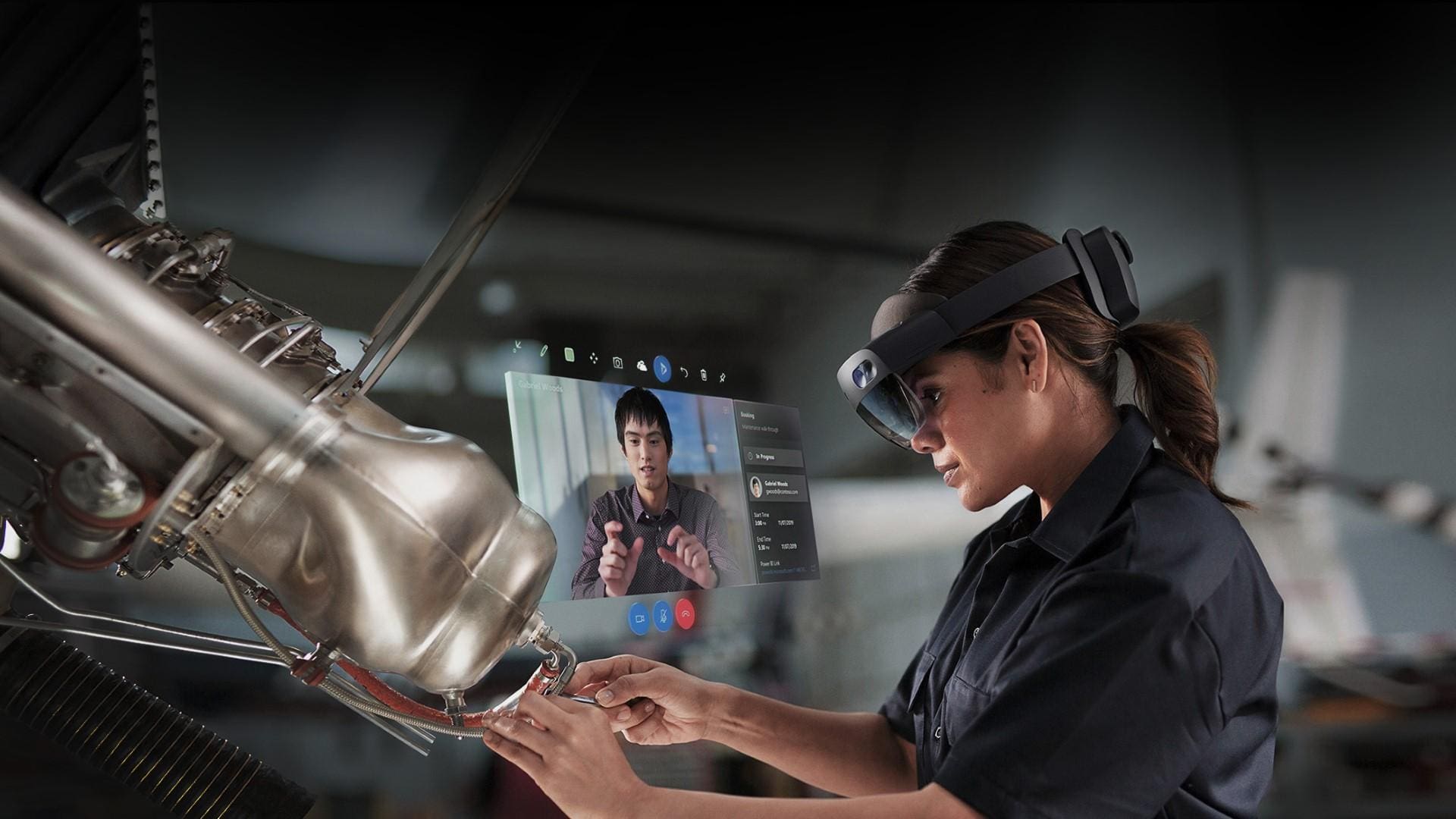
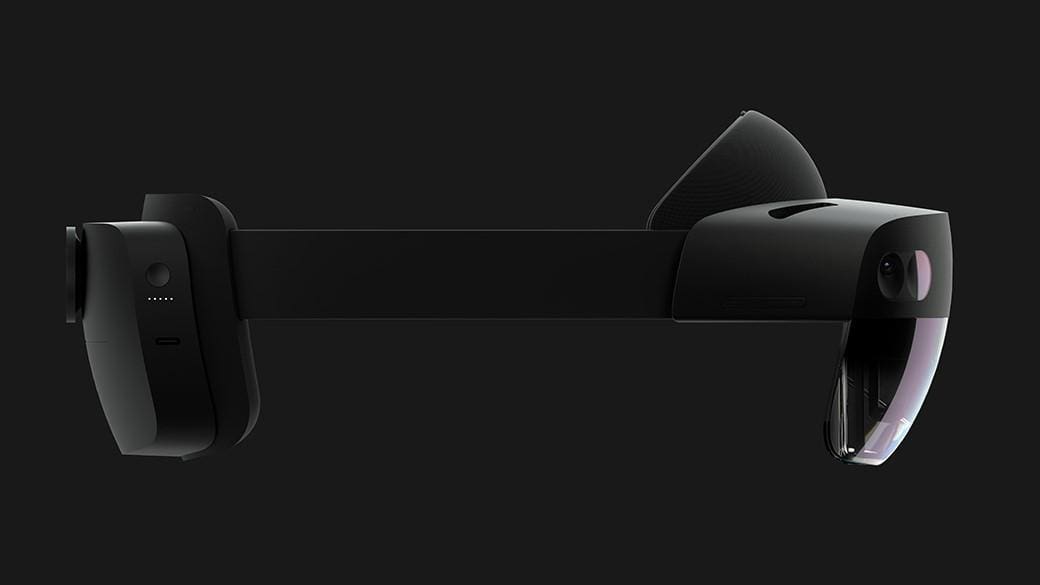
As exciting as all these myriad innovations are there are also concomitant developments that move beyond these fast- actualising 5G dreams. “5G is not just for refrigerators. It’s farm implements, it’s aeroplanes, it’s all kinds of different things that can actually kill people or that allow someone to reach into the network and direct those things to do what they want them to do.”
So says Robert Spalding, a senior fellow at Hudson Institute which advises corporations on cyber threats. “It’s a completely different threat that we’ve never experienced before,” he adds. Enter Huawei, the Chinese company that is the undisputed global leader in 5G technology. Accused of being a conduit to Chinese intelligence, stories have long circulated about potentially mendacious implications. The African Union headquarters in Addis Ababa, having installed Huawei servers in their building, discovered only later that the servers were programmed to send potentially sensitive data back to Beijing every day.
So if 5G can also lead to an increase in cybercrimes such as ransomware, identity theft, and data breaches then what measures are being taken to keep us secure?“Member states should carry out a national risk assessment, to identify potential security risks,” wrote Sir Julian King, European Commissioner for the Security Union, earlier this year. “These national risk assessments should be shared and woven into a European risk framework for 5G network security,” he continues.“As a third step, best practice in terms of national mitigation measures will be turned into a toolbox of measures to be taken at national and European level in order to mitigate security threats. All of this will be done in a new reinforced framework, bringing together key cyber-experts from across all member states.”
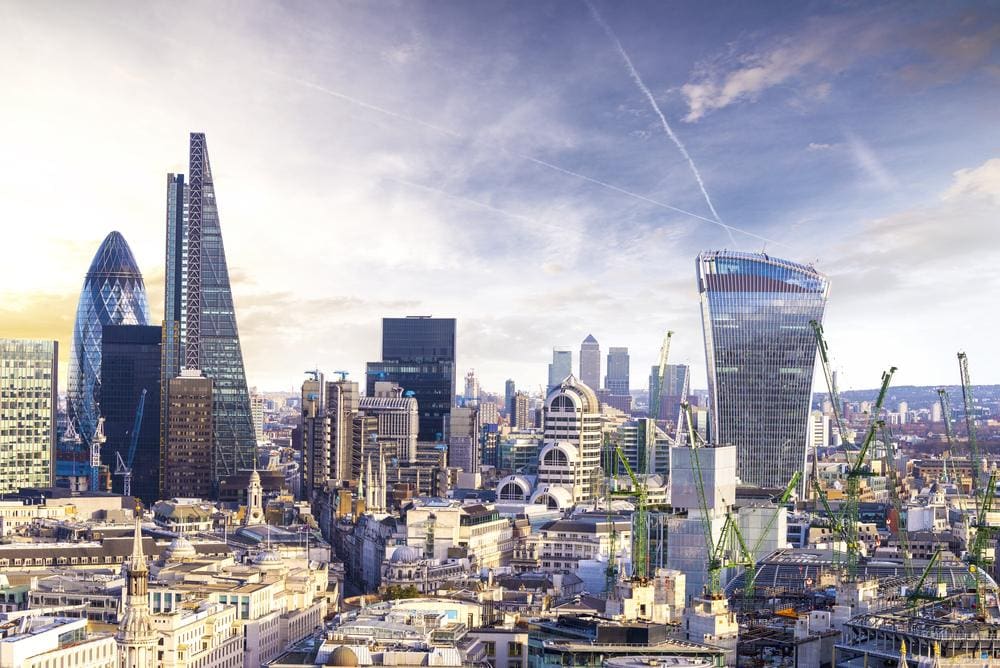
Sir Julian intends to complete all of these steps by the end of this year: a remarkably tight timeframe but one that seems necessary given the lightning speed of change that we’re experiencing. And the security issues don’t currently seem to be dampening the wave of enthusiasm for 5G. A survey of 200 UK enterprises by the audit firm EY found that, in two years’ time the Internet of Things would feature as a spending domain for more than half of the participating companies… Even more impressively, a further 50 per cent of enterprises were preparing to upgrade to 5G connectivity in the next two years.
After water power, electric power and computerisation, could 5G be revolutionary enough to be termed as the fourth wave of the industrial revolution? If so, then expect to see a lot more driverless cars, a lot more smart factories and, maybe, a few more (virtual) Roman centurions coming our way









